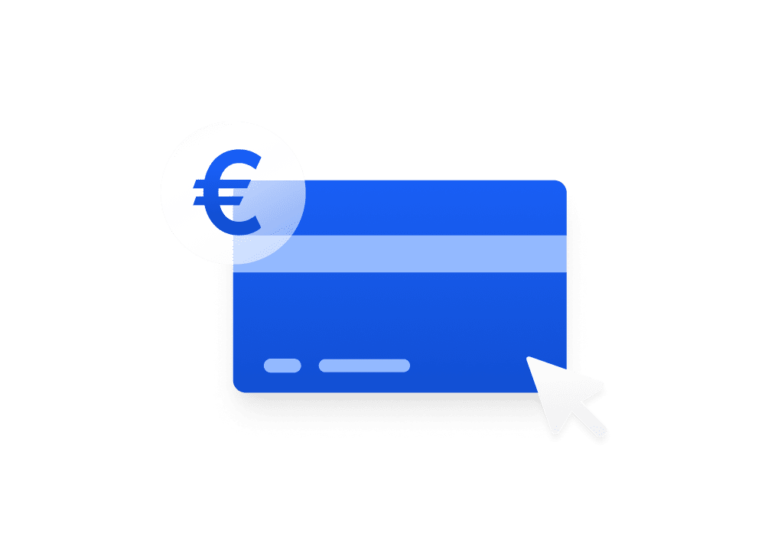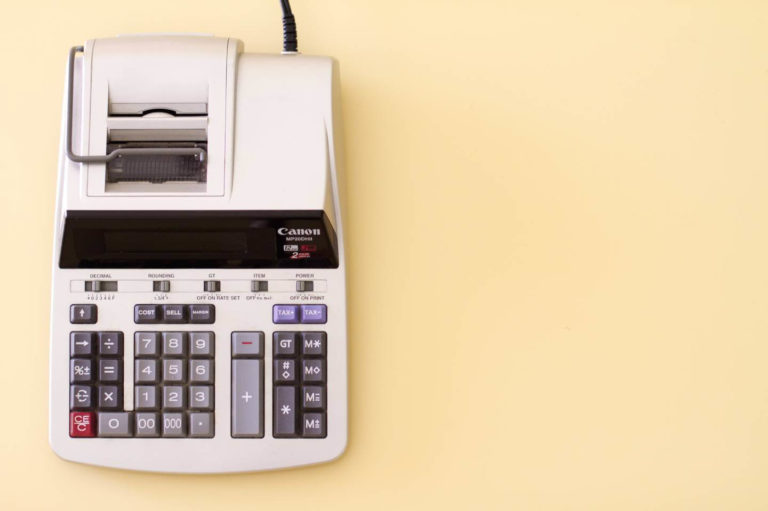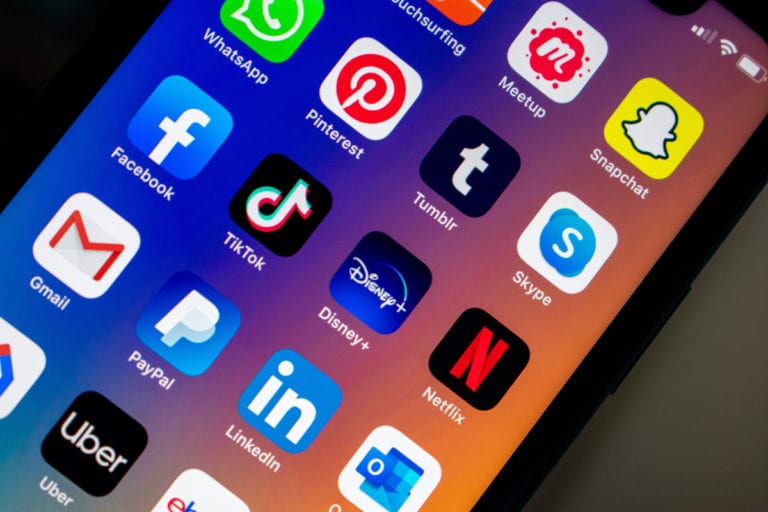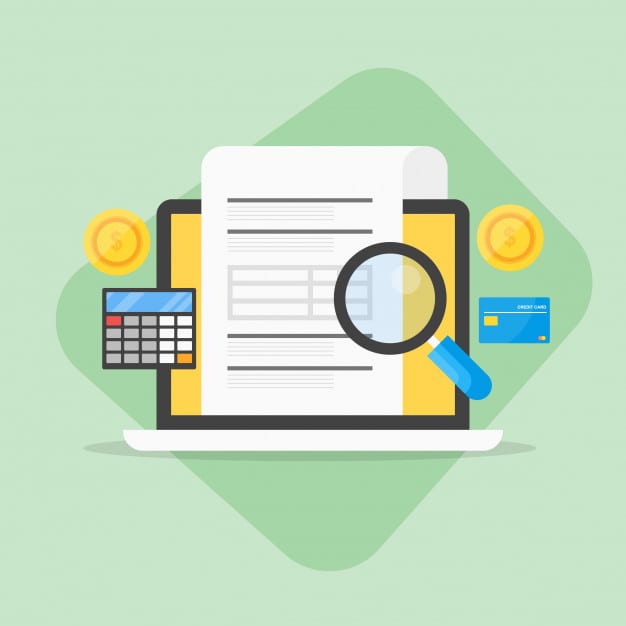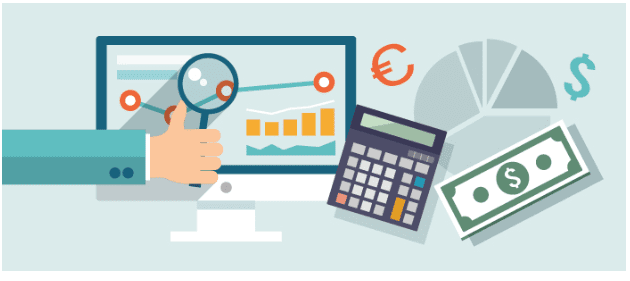Do you want to boost sales? Of course you do! The whole point of running a for-profit company is to make as much money as possible and the way you do this is by doing things that boost sales as much as possible.
Often, the difference between making that sale and losing a potential customer comes down to small, nitty-gritty things that can be swayed by a handful of psychological triggers and “tricks” that can be implemented on your site. Just because you have a brilliant product, if your site isn’t set up to make as many conversions as possible and boost sales, you will struggle to attain long-term growth.
Before you pay a marketing agency or web development company thousands of dollars to completely overhaul your website or create a brand new one for you, there are subtle changes you can make to boost sales with simple psychology.
5 Psychological Tricks to Boost Sales
Making these simple changes often won’t take time very much and they can make a huge, huge difference to your bottom line in the long run.
1. Make shipping seem free
Have you ever heard the joke where somebody will say that they happily add hundreds of dollars’ worth of products to their basket, only to back out when the $5 shipping fee is added on? This is a legitimate phenomenon!
Customers get sold by the initial product price that they see. When you start adding on extra costs such as shipping or processing fees, this sale can easily be lost.
It is important to include the cost of your shipping in your initial pricing structure so that customers don’t see that they are paying for it, they just see the product’s price. When you can say that your shipping is free—and technically, it is—customers are more likely to be converted and this will boost sales.
2. Apply the left-digit effect
Ever wondered why most things are priced at $XX.99 instead of $XX.00? This is because it works and is known as the left-digit effect.
Studies have shown that when a customer sees a left-digit price, such as $19.99 instead of $20.00, it makes a small but measurable difference psychologically. Customers become anchored to the $19 over the $20 (a price that is in the $10-20 range rather than the $20-30 range) and thus they are more likely to complete their purchase as the product seems more affordable even though it is literally a penny’s saving.
3. Offer upgrades
Near the end of your checkout process, offer upgrades to the product that is being purchased.
If a customer has added a $200 product to their basket and they are 100% going to follow through with the purchase, they are more likely to add a product upgrade for, say, $20. After all, on a $200 purchase what does an extra $20 for more value matter?
Even if the customer doesn’t follow through with the upgrade, you have still made a $200 sale.
4. Create a sense of urgency
Lots of customers shop for the future. By that, we mean they’ll come and have a look at what you have got on offer and plan to come back later to seal the deal. The thing is, buyers are much more likely to complete a purchase when they think that there’s a limited amount of time left to do so.
Create a small sense of urgency to boost sales by showing how many items are left in stock or by saying that the current price will only be around for X amount of time.
5. Demonstrate that you are trustworthy and credible
Ever seen testimonials on a website? You will have done!
Amazon and eBay both do this through their reviews process and millions of other sites use services like TrustPilot to gauge real customer opinions. Some retailers, service providers, and sites even code their own testimonials sections in.
Adding some form of review, statistic, or testimonial (that is real—never make these up!) makes you far more trustworthy and credible. This, of course, will boost your sales; customers are very careful nowadays and they will only transact with websites that are undeniably safe, legitimate, and credible.
